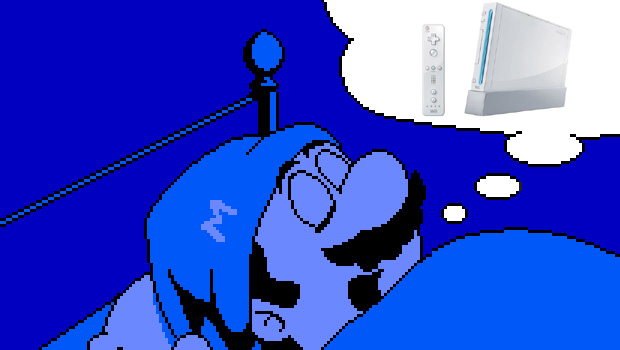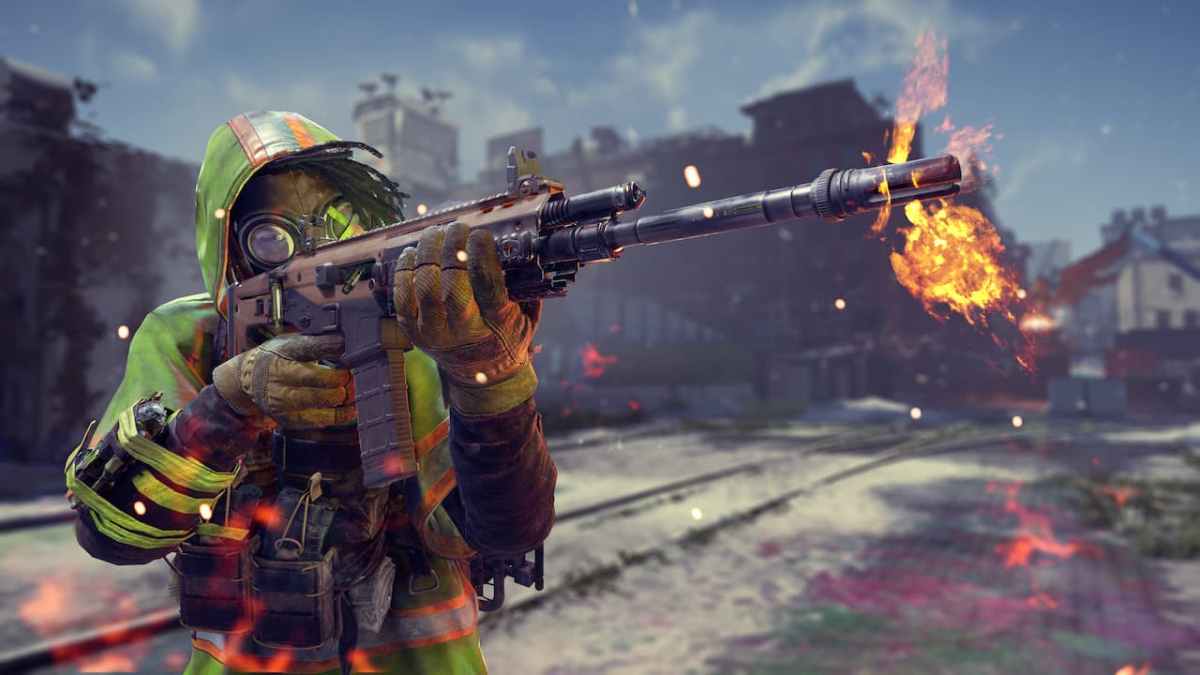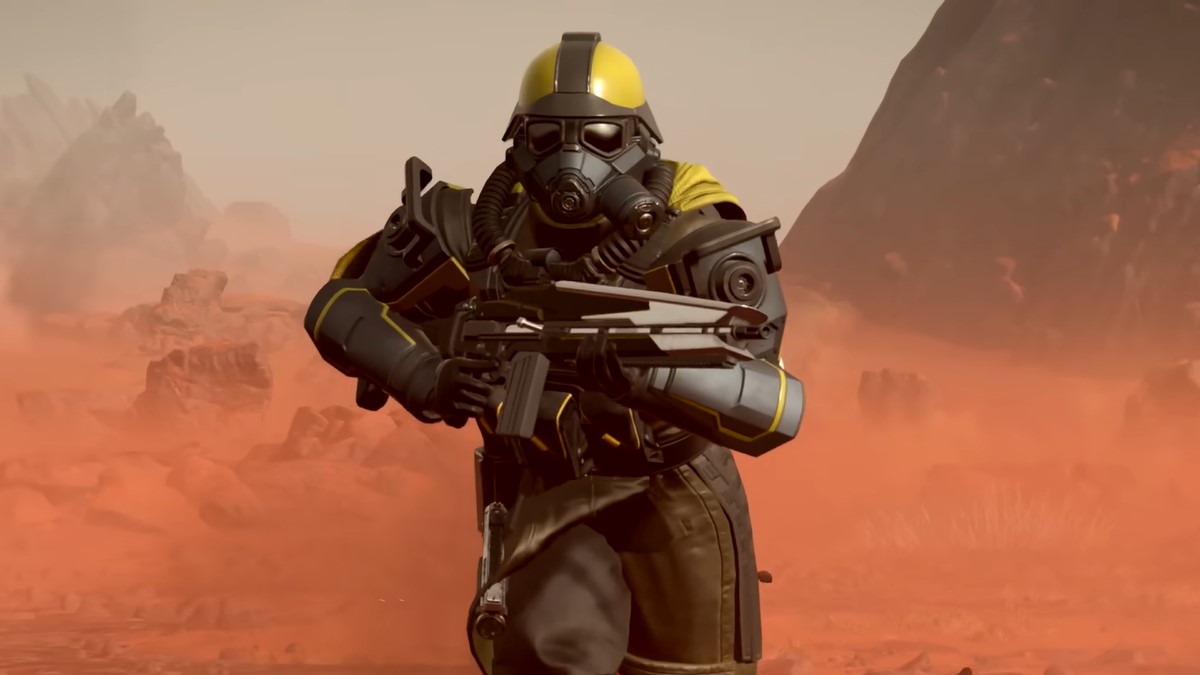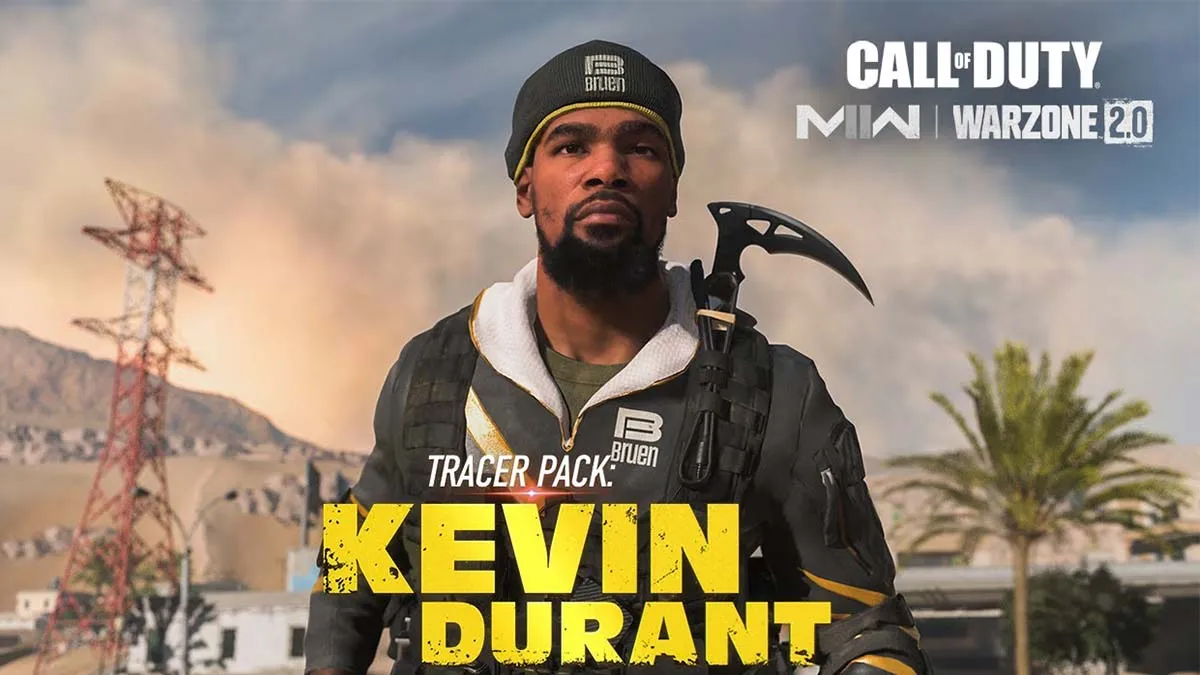In just over two weeks, Nintendo will unveil its new home console at E3. While everyone else is musing over the true nature of Project Cafe, I’d like to step back and reflect upon Nintendo’s current white wonder. There may be a handful of high-profile Wii titles like Skyward Sword and Dragon Quest X on the horizon, but it’s safe to assume that the console is in its twilight hour. I’d say it deserves a proper sendoff before the changing of the guard.
Depending on who you ask, the Wii is either one of the most successful or one of the most disappointing consoles to ever hit the market, perhaps both at the same time! Despite the early praise, explosive sales, and low financial entry barrier, the Wii didn’t pan out quite the way Nintendo envisioned. We could sit here all day pointing fingers at who was responsible for its shortcomings, but there isn’t much sense in playing the “woulda-coulda-shoulda” game.
Instead, I want to remember what the Wii brought to the table that the PS3 and Xbox 360 did not. The HD machines’ technical complexity introduced problems that the Wii never had to deal with, while the Wii’s own curious design choices resulted in some unintended yet not unpleasant benefits. The console may not have been what we expected, but sometimes the unexpected is a good thing!

INTRODUCTION OF THE SPLIT CONTROLLER
With all the hullabaloo over the Wii Remote’s motion sensing and IR pointing, it’s easy to overlook its other, more subtle innovation. The complete Wii controller — Remote plus Nunchuk attachment — is the first split controller to be the standard input method on a home console. The adverts and marketing may not have touched upon this, but the increased level of comfort is remarkable.
You can’t grasp just how comfortable a split controller can be until you test it out for yourself. The matter certainly was far from my mind when I first bought my Wii back. After a few rounds with Wii Sports, I popped in Twilight Princess and was immediately struck by how relaxed I felt.
Forget “waggle” for a minute and instead picture a Wii game that requires minimal to no movement. With three feet of slack offered by the Nunchuk tether, your arms do not have to be locked in the traditional “hands out front and center” position, elbows out and wrists bent. You can drop your hands to your side or even drape one arm lazily across your belly and still have total control.
Oh! I almost forgot! It’s lefty-friendly, too! Finally, an ambidextrous controller!
The split controller ought to be the standard for all future game hardware. There are literally zero drawbacks. I’m surprised third parties haven’t offered split controller alternatives for the PS3 and 360, and if they have, I’m unaware of ’em! There’s the PlayStation Move and its Navigation controller, but that setup is compatible with but tiny fraction of the PS3 game library!
Sure, the Wii’s button layout isn’t ideal, but that’s only because the Remote was designed with Remote-only play in mind. There’s no reason why the split format couldn’t work with traditional button layouts — D-pad, left stick, and a few triggers on one device, face buttons, right stick, and the other triggers on the second. Take notes here, hardware makers!

TOTAL BACKWARDS COMPATIBILITY WITH PREVIOUS-GEN SOFTWARE
Earlier in the console cycle, I remember backwards compatibility being a cornerstone of message board debate. It’s not an argument without merit — when people buy new hardware, they don’t want their current software library to become obsolete.
The Wii is a GameCube 1.5, so naturally it can play GameCube games! Be that as it may, it is because of the hardware parity between both consoles that the Wii can play every last-generation title perfectly. It’s not a feature that can just be “locked out” to save a few bucks on manufacturing either, so it’ll always be around.
Contrast that with the mess on the HD twins. On the 360, you need to download a game-specific emulation profile in order to run original Xbox software, so you are out of luck if you lack an Internet connection. The list of compatible software was gradually expanded to include roughly half of all original Xbox games, but there are no plans to expand the list any further.
The PS3 was doing quite well for itself in the beginning. The first models were compatible with most of the massive PS2 library as well as the PS1 library. Then the cost-cutting began — hardware emulation gave way to less reliable software emulation which gave way to no emulation at all. But you can still play PS1 games! I dunno, I would think it’s more prudent to maintain compatibility with software that is still widely available in major retailers and second-hand shops as opposed to software that only enthusiast collectors still have lying around.
But you can go into the any store right now and be 100% guaranteed that any Wii model you pick up will play any GameCube game. Granted, the Game Boy Player might not fit on the console’s base, and you can’t go online with the measly four GC titles that had the capability. Nonetheless, the Wii’s track record is still leagues ahead of the competition.

A MARKET FOR SMALL-SCALE GAMES ON PHYSICAL DISCS
Rising development costs these past few years has forced small studios and project teams to become more risk-averse than ever before. What was financially viable one console cycle back could spell disaster if attempted these days. Thanks to digital distribution services like PSN and XBLA, though, these small-scale titles still have a place in the world.
I have mixed feelings about this arrangement. On the one hand, I’m pleased as punch that old-school arcade games, indie darlings, and risky experiments won’t be going the way of floppies. On the other hand, I’m a person who prefers a tangible product over digital dust. I’m also not keen on the all-too-common assumption that games below a certain financial and technical threshold don’t deserve a space behind the glass at Walmart.
The Wii’s dreadful 40 MB software cap and cumbersome data storage methods ensured that the more promising digital titles would steer clear of WiiWare. However, because of the Wii’s lower dev costs compared to the HD boys, smaller ideas could still go the retail route. This has led to copious amounts of shovelware for the most part, but it has also led to some simple yet fantastic pleasures.
The Wii has been especially kind to my favorite genre, the 2D side-scroller. Publishers somehow came to the conclusion that 2D was no longer relevant, that customers considered the style too primitive. Then New Super Mario Bros. Wii sold far better than any of Mario’s 3D adventures, proving that publishers don’t know their customers all that well.
Even before Mario, there was fare like Klonoa, Wario Land: Shake It!, Muramasa: The Demon Blade, A Boy and His Blob, and even less critically acclaimed licensed games like Dragon Ball: Revenge of King Piccolo and Astro Boy. Nintendo kept the love going with Donkey Kong Country Returns and Kirby’s Epic Yarn (with another Kirby game down the pipeline), while third parties have continued to inject 2D sensibilities where appropriate. All are available on physical discs.
I know the side-scroller can work at retail for the HD tag team as well, considering the success of downloadable games like Bionic Commando Rearmed, Braid, and other non-platformers with markedly retro trappings such as Castle Crashers. To the best of my knowledge, the only retail side-scrollers available in that camp are the LittleBigPlanet games, which are arguably not about platforming at all.
At least Ubisoft got a clue and will sell Rayman Origins in stores. I have great respect for Ubisoft for displaying confidence that the game can succeed in spite of (or perhaps because of) its genre.

LESS TIME UPDATING AND PATCHING, MORE TIME PLAYING
I’ve only played others’ 360s and PS3s, so I haven’t had the joy of booting up a console and waiting impatiently as a mandatory firmware update installs. According to the trials of Sterling Odinson, those updates are not fun.
On the bench with firmware updates are game patches, truly a double-edged sword. It’s fantastic that console games can now receive big fixes and features expansions after release. Unfortunately, publishers seem to take the system for granted, pushing several high-profile games out the door with game-breaking bugs under the safety net of post-release patching.
The Wii was not set up to easily accept downloadable updates. It’s not impossible, but only a handful of games pull it off. Firmware updates can’t introduce sweeping changes as on the other two machines and only appear a couple times a year at most. What does this mean for the user? Less time waiting and more time playing.
Are there Wii titles that could have used a patch or two? Most definitely! The pitiful netcode in Super Smash Bros. Brawl can attest to that! It also would have been nice if more games received post-release support in the form of additional content. By the same token, it’s good that there is a current console built with the understanding that people’s time is valuable.
I’ve yet to see a glitch in a Wii game that is so serious that downloadable patches would need to be mandatory. The worst case I recall was the cannon room bug in Twilight Princess, in which saving in said room at a certain point late in the game would prevent further progress and force you to start a new file. But the likelihood of a player actually triggering this glitch by chance was very slim. It’s hardly on the level of some of the bugs on the HD beasts — random save file corruption, frequent game freezing, and even friggin’ patches for patches!
In regards to the more benign issues, I’m in the camp that doesn’t much care to have its games needlessly “fixed.” Developers shouldn’t be allowed to keep slapping the “redo” button just to address harmless niggles. It’s like George Lucas remastering the original Star Wars trilogy over and over again as though each revision isn’t good enough. At least on the Wii, there are rarely any “takesies backies” and thus no waiting for patches that solve who-knows-what.
People have derided the Wii by calling it a toy, but I don’t consider that an insult at all. When you want to play with a toy, you just play. If you want to play with some high-end gizmo, you have to configure this and that before you get the opportunity. It’s time spent not playing, and nobody likes that.

SUPERIOR HARDWARE AND SOFTWARE RELIABILITY
Of the major console manufacturers, Nintendo has always had the most reliable hardware, so this benefit wasn’t really all that unexpected. Still, it’s a mark in the Wii’s favor.
It’s obvious that the more complex a machine, the more likely that some mechanism will fail. The HD twins, with their more advanced hardware and software infrastructure, were guaranteed to be more accident prone than the Wii. Then again, how many of these consoles’ problems were the result of faulty design rather than the nature of the tech?
The 360 had the red ring fiasco, costing Microsoft over a billion dollars. The PS3 has the PSN security breach, which has yet to be resolved. In addition to those big blemishes, the devices have seen everything from disc scratching to the aforementioned patches and firmware updates that now and then caused further damage to the machines.
The Wii isn’t flawless, but its failure rate is significantly less than that of the HD duo, and other technical hiccups likewise appear less frequently. Also, people may lament the Wii’s lack of a unified online system, but the odds of getting your personal data stolen are much lower than with a system that ties sensitive information like credit card numbers to your account.
It’s a testament to the appeal of its software library that a console like the 360 can remain popular even after users suffered the deaths of multiple replacement consoles. The same could be said, albeit to a lesser degree, of the PlayStation line all the way back to the original (remember having to flip your PS1 upside-down just so it could read your game disc?). Regardless of what customers are willing to forgive, they are entitled to reliability in the products that they’ve spent big money on.
The Wii may have been inconvenient on several levels, but there were far fewer worries over potential inoperability. Of the three current consoles, I know which one stands the best chance of still working perfectly a decade or two from now. Ideally, strong software and reliable hardware shouldn’t be mutually exclusive, but in regards to what the manufacturer can directly control, the Wii best serves the user’s basic needs.
—–
Again, I stress that the Wii wasn’t perfect, and its list of cons could very well eclipse my little list of pros. Whatever, it still provided me plus many others with plenty of joy. We can only hope that Project Cafe will address all the Wii’s shortcomings while expanding upon its strengths.




